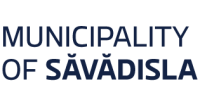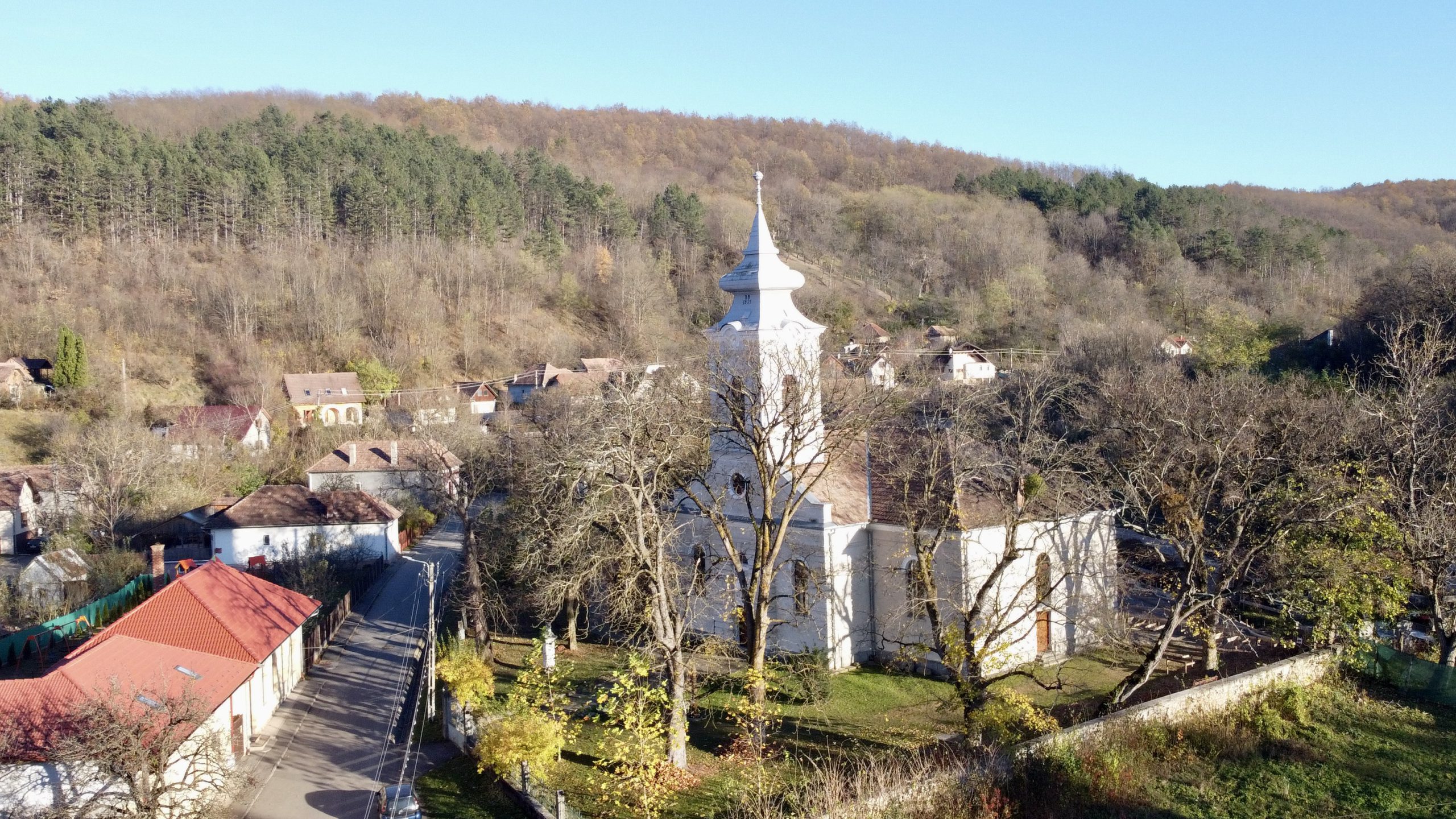Săvădisla
Săvădisla
Săvădisla, the centre of the commune of the same name, is the largest village in the municipality.
It takes its name from the patron saint of its first church, Saint Ladislaus (1040-1095), who was king of Hungary between 1077 and 1095. The knight-king was canonised by the Roman Catholic Church in 1192. According to legend, King Ladislaus settled here Hungarian prisoners who had been freed from captivity by the Kuns.
The settlement lies along the former Roman road connecting the valleys of the Mures – Arieș – Someșul Mic. The first written mention of the village dates back to 1285, when it is mentioned in an inheritance document under the name of S. Ladislai. However, the document also shows that the village church was already standing during the reign of King Emeric (1196-1204). In the first half of the 14th century, the village is mentioned in the Pope’s tithe register as Villa de Sancto Ladislao, in the 15th and 16th centuries as Zenthlazlo, and in the 18th and 19th centuries it appears in documents as Szent László. The settlement was sometimes part of the county of Cluj, sometimes of the county of Turda. At the end of the 19th century it was given the prefix Torda and became the present-day Tordaszentlászló. In Romanian, it was also called Sân-Laslău, Săvăghisla in the 19th century, and in the 20th century the name Săvădisla became definitive. The Romanian name is believed to have evolved from the Slavic version of the name of St. László (Svet Vladislav).
The village and its boundaries were for centuries part of the Léta royal castle. Its inhabitants were the carriers of the salt extracted at Torda, the guards of its transport route, as well as soldiers, craftsmen and hunters of the castle of Léta.
The Roman Catholic church of the Árpád period was built on the hill next to the Bence stream. It was enlarged in 1488 and demolished in 1888. The people of the village converted to Protestantism in the 16th century. The present Reformed church in the village was built on a new site using the stones of the old church and was consecrated in 1889.
The village belonged to the manor of Léta Castle. The castle and Săvădisla with it were owned in the 15th century by János Hunyadi’s step-sister, Klára Csolnokosi, and later by King Matthias’ illegitimate son, János Corvin. During the Transylvanian Principality (1541-1690), the settlement belonged to the Géczi, then Kamuty and Jósika families. In the 19th-20th centuries, the village was owned by the descendants of the Jósika barons, the Csáky, Mikes and Széchen families, and the surrounding forests were owned by the Andrássy family. The last landlord of the village was Count Miklós Széchen, the last ambassador of the Austro-Hungarian Monarchy in Paris. He planted a dendrological park in the village in the 19th century and built the castle, which was sold to the Romanian state after the land reform of 1921-25. A pulmonary sanatorium was opened in the building in 1931.
Tordaszentlászló was almost completely destroyed by fire in 1871. Most of its houses were built after the fire. In 1606 there was already a Reformed school in the village, from 1888 there was a choir, from 1898 a theatre group, a reading club and a library, from 1934 a fire brigade association and a brass band, from 1967 a village museum, from 1996 a museum of the Kalotaszeg region. Tordaszentlászló is one of the centres of the Transylvanian choral movement, and since 1990 the village has hosted the annual St. László’s Day Choir Meeting.
Ethnographically, together with Liteni and Vlaha, it is on the periphery of Kalotaszeg towards the Aranyos region.
Censuses regularly record Săvădisla as a Hungarian and Reformed majority settlement. In 1930 it had 1610 (1558 Hungarians, 44 Romanians), in 1977 1345 (1236 Hungarians, 105 Romanians), in 1992 1090 (1046 Hungarians, 31 Romanians, 19 Romani), in 2002 1025 (966 Hungarians, 46 Romanians, 13 Romani), in 2011 1071 (956 Hungarians, 82 Romanians, 20 Romani), in 2021 1055 (867 Hungarians, 119 Romanians, 18 Romani) inhabitants. In 2021, 787 of the inhabitants were Reformed or Unitarian, 97 Orthodox, 44 Roman Catholic, 19 Greek Catholic, nine Jehovah’s Witnesses, four Baptists.
Săvădisla has a Hungarian-language kindergarten, primary school and library. The municipality is connected to the national gas network, and about 90 percent of its territory is served by drinking water and sewerage, and about 80 percent of its roads are paved with asphalt.
Ferenc Györkös, writer (1878-1946), Zsigmond Palocsay, poet (1935-1994), Albert Györkös Mányi, painter (1922-1993) were all born in the village.
The inhabitants
0
The first documentary attestation
0
- UAT Săvădisla
- 726
Contact
- Main Street, No. 35, Săvădisla Commune, 407505, Cluj County
- +40 264 374 275
- +40 264 374 275
- primsav@yahoo.com
Useful



